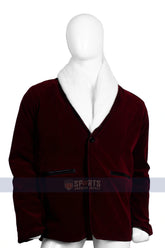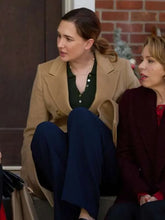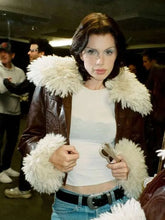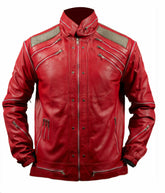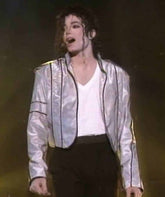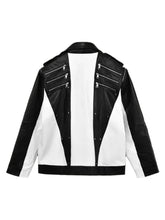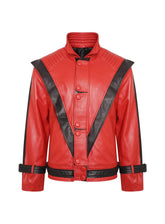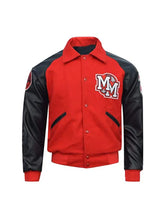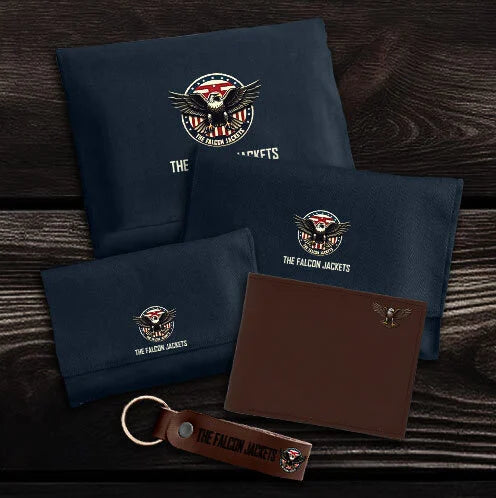Michael Jackson Outfits: It’s Not Costume—It’s Choreography in Fabric
Let’s get real: if you’ve ever bought a “Michael Jackson red Thriller jacket” online and ended up with something that looks like a Halloween rental—stiff, shiny, with plastic zips and zero drape—you’ve been sold a fantasy, not fashion.
Because MJ’s style wasn’t about the jacket alone. It was about how it moved. How the shoulders caught the spotlight during a spin. How the sleeves flared just enough on a moonwalk. How that single white glove wasn’t a gimmick—it was punctuation.
His outfits were designed for motion, not mannequins. And that’s why most replicas fail before they even hit the stage.
I’ve worked with performers in Lahore and studied stage costuming for decades, and here’s what sets Michael apart: every stitch served the performance.
The red “Beat It” leather jacket? Not just red—it was a specific brick-red, slightly distressed, with asymmetric zips and quilted shoulders that echoed motorcycle gear, but softened for dance.
The Thriller bomber? Black with red and white stripes, but cut shorter in the body so it wouldn’t bunch during kicks.
The military jackets from the Bad and Dangerous eras? Gold braid, epaulets, tight waists—but always with stretch panels hidden in the back for full range of motion.
This wasn’t fashion for Instagram. It was engineering with soul.
The Iconic Jackets—And What Made Them Work
|
Outfit / Era |
Key Features |
Why It Worked On Stage |
|
“Beat It” (1983) |
Red leather, asymmetrical zip, quilted shoulders, no collar |
Allowed arm extension; red popped under stage lights without washing out |
|
Thriller (1983) |
Black bomber, red/white racing stripes, ribbed cuffs, cropped fit |
Short length prevented tripping; stripes created visual rhythm during group choreo |
|
Bad Tour (1987) |
Black military-style jacket, gold braid, tight waist, epaulets |
Structured silhouette read clearly from stadium seats; hidden gussets for movement |
|
Dangerous (1992) |
Silver sequined military jacket, high collar, exaggerated shoulders |
Reflected light dynamically; shoulder pads enhanced silhouette under spotlights |
|
HIStory (1996) |
White military coat, gold trim, long line, dramatic cape |
Cape added drama for entrances; white symbolized rebirth, contrasted with dark staging |
Notice the pattern? Form followed function. Even the sequins were sewn in directional rows so they’d catch light only when he turned.
Why Modern “MJ Replicas” Miss the Soul
They copy the look, not the logic.
Most “Thriller jackets” use vinyl instead of soft lambskin—so they crack when you raise your arms. The red “Beat It” jackets are often fire-engine red, not the earthy brick MJ wore. And the military jackets? Loaded with stiff brocade that restricts movement—useless for anyone who plans to do more than pose.
Also: the fit is wrong. MJ’s jackets were tailored to his frame—narrow through the waist, but with room across the back and shoulders. Off-the-rack “costumes” are boxy or too tight in the arms. You can’t moonwalk in a straitjacket.
If You’re Building a Tribute—Do It Right
Forget cheap polyester. Focus on these principles:
-
Fabric first: Real leather (or high-quality vegan alternative) for “Beat It.” Soft nylon or wool-blend for Thriller-style bombers.
-
Colour accuracy: Use reference stills from the actual videos—not fan art. MJ’s red was muted, not neon. His black had depth, not flatness.
-
Fit for motion: Sleeves should allow full extension. Jackets should sit above the hip for freedom. No tight waists unless you’ve got hidden stretch panels.
-
Details matter: Asymmetrical zips on “Beat It.” Ribbed cuffs on Thriller. Single white glove—always on the left hand.
For serious tributes, seek out makers who specialise in performance wear, not party costumes. Brands like Michael Bush (MJ’s actual designer) released limited replicas, but even independent tailors on Etsy who study frame-by-frame footage can get closer than mass retailers.
FAQs: What Fans and Performers Actually Ask
“What material was the Thriller jacket made of?”
Black wool-blend bomber with satin lining—not leather. The stripes were woven in, not printed.
“Is the red ‘Beat It’ jacket real leather?”
Yes—soft lambskin, dyed a specific brick-red. Most replicas use stiff cowhide or vinyl, which doesn’t move like his did.
“Can I wear an MJ jacket casually?”
Only the Thriller bomber translates well to streetwear. The military and sequined pieces are pure performance—save them for stage.
“Why did he always wear one glove?”
Originally to cover vitiligo on his left hand—but it became a signature. Always white, always left hand.
“Where can I find an accurate military jacket like the Bad Tour?”
Official Michael Jackson Estate releases (through Bravado) are your best bet. Avoid “inspired” versions with plastic braid or glued-on epaulets.
“Did he design his own outfits?”
He co-designed everything—with legends like Deborah Nadoolman Landis (“Thriller”) and Michael Bush (“Bad” onward). Nothing was random.
“What shoes did he wear with his jackets?”
Black loafers or custom dance shoes—never sneakers. Always with white socks, slightly visible.
Michael Jackson didn’t just wear clothes.
He weaponised them—turning jackets into extensions of his rhythm, his drama, his silence.
So if you’re honouring his legacy, don’t just copy the surface. Study the movement. Respect the craft.
Because the King of Pop didn’t need a costume to be iconic.
He made the world watch—and never blink.


